As an Amazon Associate I earn from qualifying purchases.
Almost every day of my life, I get people asking me how to cook venison. Hunters, yes, but also the legion of people who’ve been given deer meat and have only a rough idea about how to cook it.
What follows is a comprehensive overview geared toward beginners, but with enough tips and tricks to help even long-time wild game cooks. (I also have a video course that teaches many of these same things.)
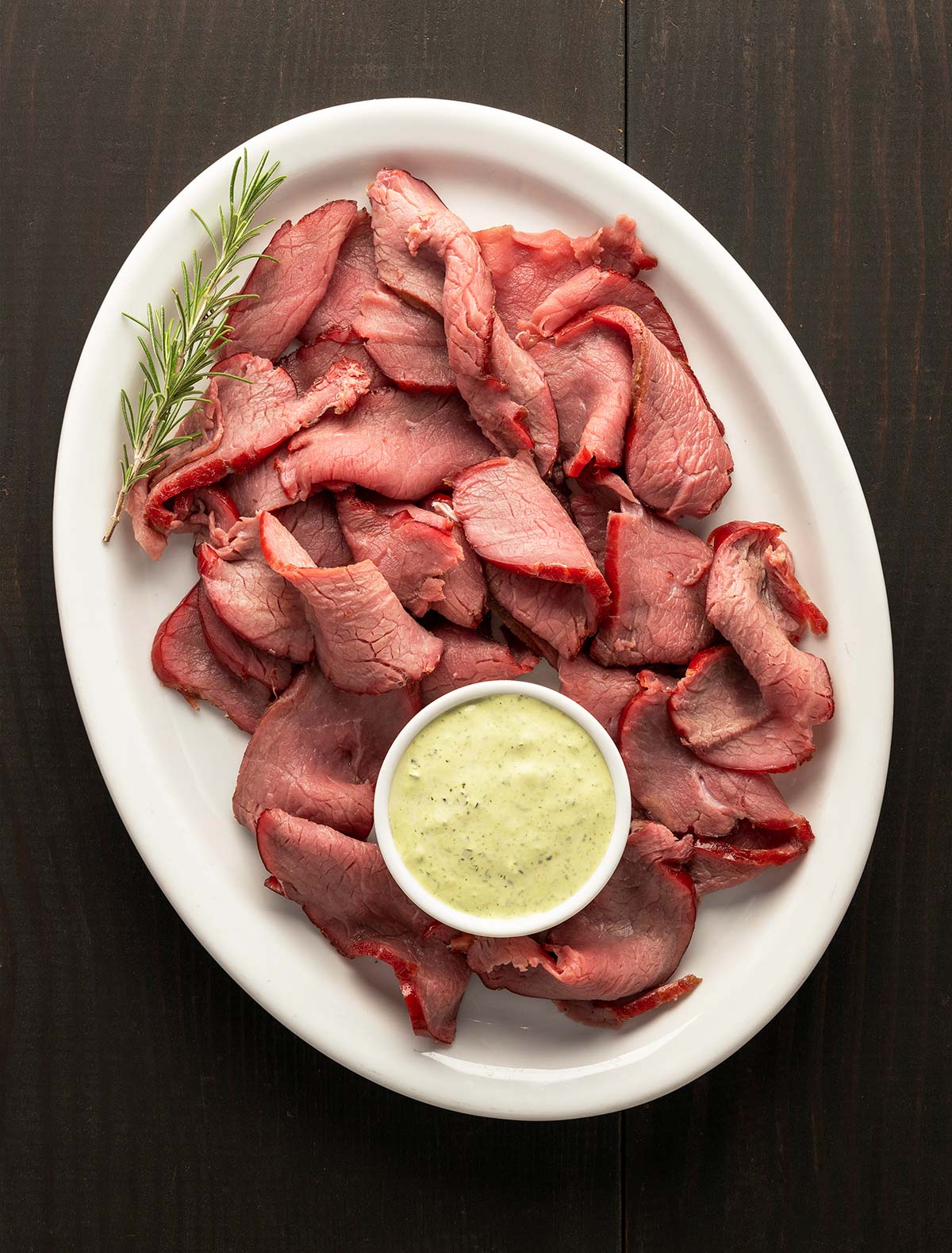
Let’s start with some basics. What is venison, anyway? As funny as it might sound to some of you, it’s a legit question I get asked a lot.
“Venison” is a centuries-old term that used to mean all wild game, but it has evolved nowadays to mean the meat from cervids and wild bovids: So that’s all species of deer, elk, caribou, moose, and the exotics like nilgai, blackbuck and oryx.
Pronghorn antelope, which is neither a cervid nor a bovid, also falls under the term venison. So do wild sheep and goats. Bison, wild or not, tends to not be lumped in there by some, and there aren’t enough people who’ve eaten musk ox to really put it in either box — but personally I’d call it venison.
So one thing you will notice about all these animals is that venison is red meat. Obvious to any hunter, but if you’d never actually seen venison you might not know.
Here’s an overview of best practices for hanging and dry aging venison, if you are interested in that.
Venison and Food Safety
One cool thing about venison is that yes, you can eat it not only rare, but raw. While researching my venison cookbook Buck, Buck, Moose, I did an extensive search of food poisoning studies looking for cases involving venison, and I found very few over the past several decades.
It is not impossible to get a food-borne illness from raw or undercooked venison, but it is very rare. There have been a few isolated cases of listeria, likely involving poor handling of the meat, and a few of e. coli poisoning, which were linked to contact between the deer’s feces and meat that was subsequently undercooked.
Most serious but even rarer are the very few cases where eaters of raw or undercooked venison contracted toxoplasmosis. Solution? Freeze before eating rare or raw. According to the Centers for Disease Control and Prevention, freezing kills toxoplasmosis.
So once your deer meat has been frozen, you are free to make dishes like venison tartare or any backstrap recipe where you cook the meat rare.
Is Venison Healthy?
Short version: Yes.
Deer meat and other forms of venison are naturally low in fat, and the fat that is there is high in omega-3 fatty acids. I wrote a full article on deer fat here, so I won’t go into the details too much here.
Exact nutrition details on wild foods is a fraught affair, since you have variation in species, size and diet. So any charts or graphs you see on other sites should be taken with a grain of salt.
Because venison is so low in fat, and because it is in general denser than farmed analogs like beef or lamb — deer, elk and such are athletes living by their wits, unlike most farm animals — venison will have more vitamins, protein and minerals than an equal weight of, say, beef.
Other than nutritional information, you should know about Chronic Wasting Disease, which can affect all cervids, so that means deer, elk, moose, caribou. Pronghorn are unaffected. I wrote a survey of the state of the research on CWD and humans in 2019, and it holds up pretty well today.
Short version: Chronic wasting disease does not affect humans. But similar prion maladies have jumped species barriers in the past, and no one wants to be Patient Zero.
How to Cook Venison: Basics
OK, let’s look at cooking venison now.
Number one rule, the Prime Directive: You can always cook venison more. It is impossible to uncook something. This of course holds true for all things. To that end, know that because venison has so little fat — and no internal marbling — it gets hot and cools down much faster than fatty beef. Or even lean beef.
Fat is an insurance policy against inexpert cooking. Venison leaves you without that safety net, to mix metaphors. This is why it’s vital to err by cooking too little, if you are going to err. It’s also why you almost always want to start with room temperature meat.

Second rule, or rather observation: Inexperienced cooks cook the tender parts of venison (tenderloin, backstrap, flat iron steak, etc.) too much, and the tough parts too little.
Third rule, which has exceptions: The front of the animal is tougher than the back end of the animal. Let me unpack that a bit.
The front of a deer or similar creature features the shoulders, front shanks, neck, head and tongue. With the exception of the aforementioned flat iron steak, and the “whistlers” on a large animal like an elk or moose or bison (these are the long, skinny muscles that cover the animal’s trachea) every part of this requires long, slow cooking.
Even the front part of the backstrap isn’t the best part. But it will still be fairly tender. Now the hind end has the hind legs, obviously, most of the backstrap, the tenderloins and the hind shanks.
Only the hind shanks are tough and gnarly. The hind leg, separated into single muscle roasts, can be served medium-rare, and is an excellent candidate for smoking like a roast beef or tri-tip.
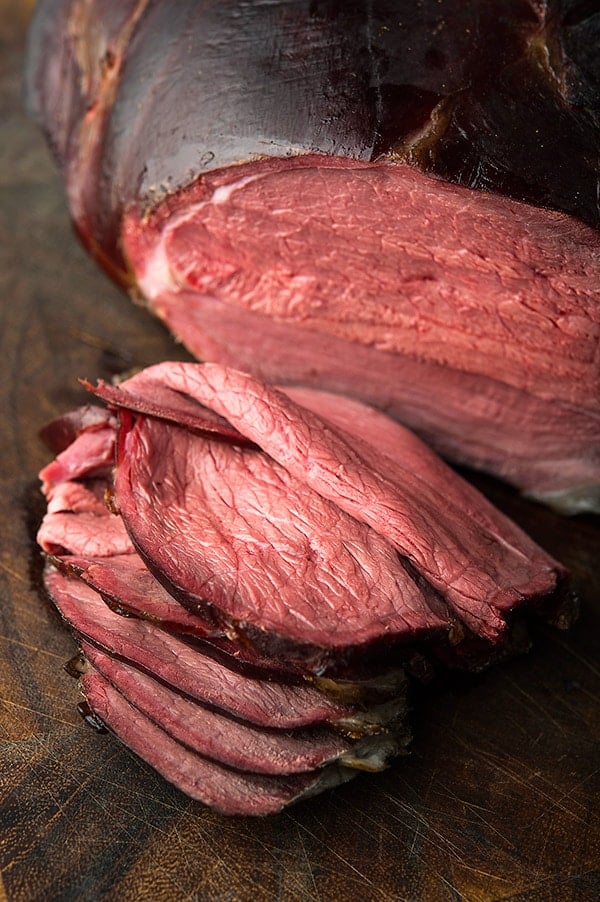
Venison Cuts
OK, this one can get weird, since butchering a deer is a very personal act, as idiosyncratic as it gets. Bottom line: You butcher a deer or elk or whatever based on how you are going to eat it. Don’t let anyone tell you otherwise.
I go into serious detail on how to butcher a deer in my book, and you’ll have to get a copy to get those details. (Hey, I gotta make a living somehow!)
That said, let me start with the venison cuts most people get back from a processor or butcher. Those cuts range from useful to an abomination.
Actually, most processors cut venison poorly… if it’s even your deer you get back. Yes, that can happen. Most processors are slammed with tons of animals all at the same time, especially in the Midwest where deer seasons are short and a zillion people are out hunting all at the same time. Lookin’ at you, Pennsylvania and Michigan. And the $100 to process your deer isn’t very much.
So they have their way. Not a fan. Here’s why.
Medallions of backstrap. Not inherently terrible, but way harder to cook perfectly, compared to cooking lengths of backstrap, which you then slice into medallions once cooked. That method is prettier, too, since you get to see the lovely pink interior.
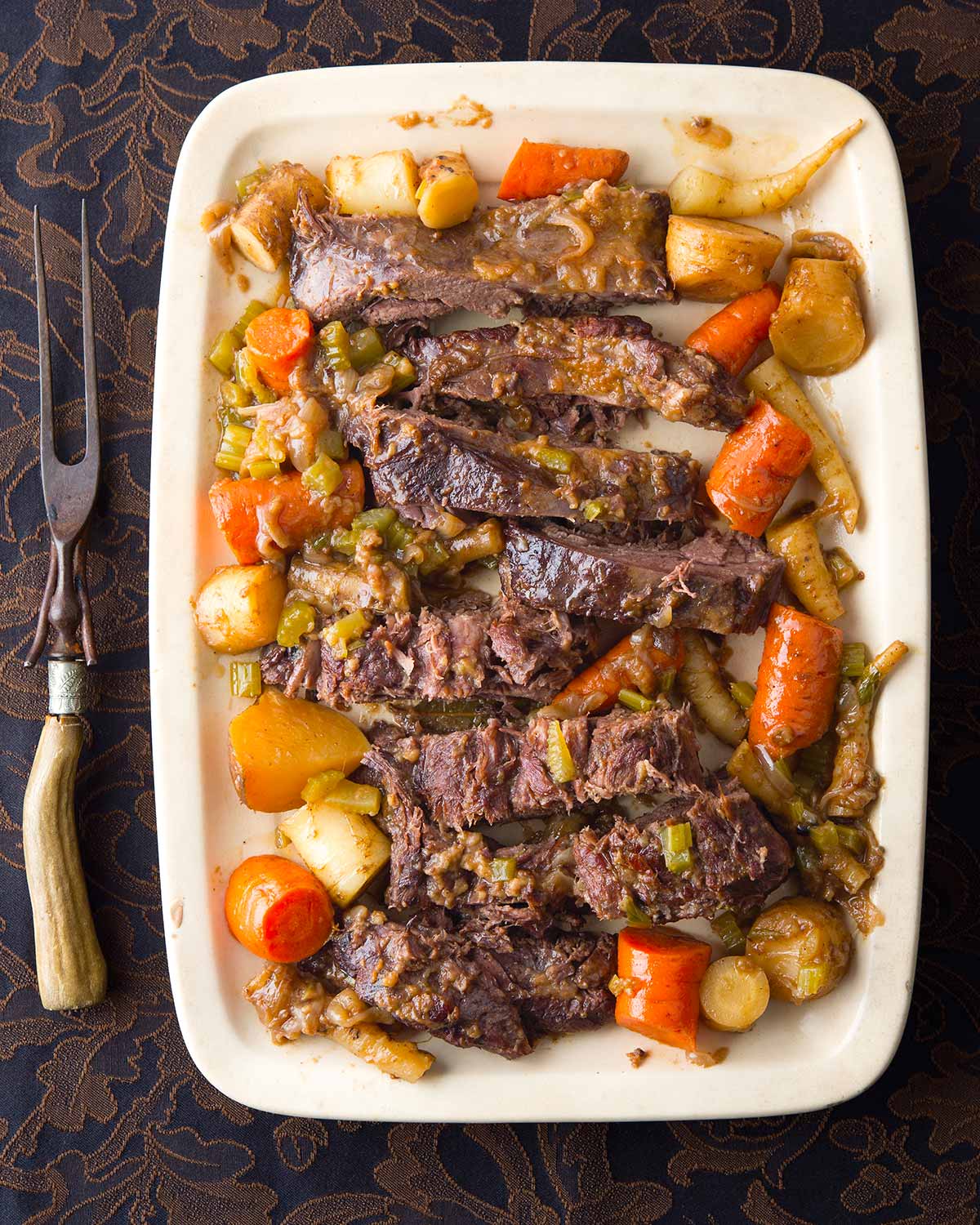
Shoulder “roasts.” Um, not roasts unless you want to make venison pot roast, which is perfectly great. But don’t open up the packet thinking you can cook this medium-rare.
The Dreaded Leg “Steak.” OMFG. I hate this cut with the heat of 10,000 suns. It should be outlawed. If you’re not familiar, you get this abomination when some dude with a band saw blasts through your deer’s hind leg crosswise, bone and all.
What results might at first glance look like a steak, but it’s really a half-dozen muscle groups, sliced against the grain, with a bone in the center. Those muscle groups are often just barely held together by connective tissue. So when you cook this war crime of a cut, two things happen: The weak connective tissue separates, so your “steak” falls apart, and the strong connective silverskin contracts, warping each segment of the so-called steak horribly.
I could go on, but I feel my eyelids getting hot.
Finally, you will get metric assloads of ground venison, ideally cut with the pork fat or beef fat you asked for, but sometimes not. That’s right, most processors will grind shanks, flanks, rib meat, neck and much of the shoulder. It’s just how they do things.
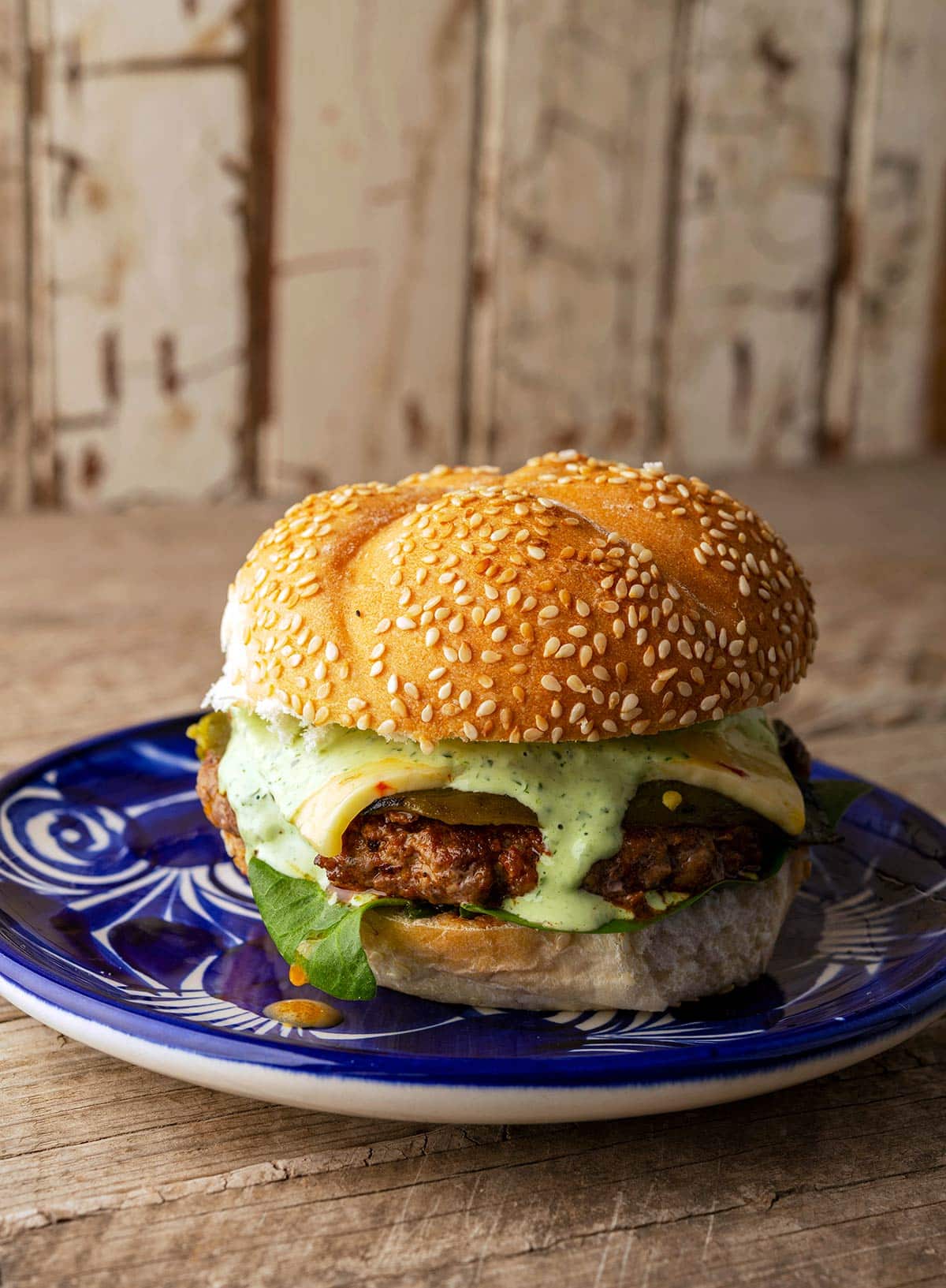
My Venison Cuts
Clearly you can see I prefer doing things myself. Here’s a rundown on the venison cuts I normally do. Again, diagrams and photos galore are in my book.
Short version: I do what’s called seam butchery. The seams are the connective tissues between muscles. All you need to do is disassemble the animal the way God assembled it. I use a pocket knife. A sharp pocket knife, but a pocket knife nonetheless.
I tell you this because many people will try to sell you weirdly specialized or incredibly expensive knives. They are not needed. You do however need whatever knife you have to be sharp. I have a whole article on deer processing tools here, if you want to get into detail.
Quarters come off first, often in the field. On small deer and pronghorn, I leave the bone-in the neck roast unless I am in a CWD area, in which case I debone it. Larger animal necks I always debone.
I keep the tongue, heart (unless I blasted it, which happens), kidneys and, on young animals, the liver. I do not keep the livers of old animals, because even though they have probably not abused theirs like I have mine, they are still very, very strong tasting.
If I am around a ranch, I use a saw and saw off ribs, especially on bovids like nilgai, bison or oryx, Their fat is tasty, not waxy, so “beef” short ribs with these animals is mad crazy delicious.

I almost always remove the backstrap and tenderloin, as opposed to cutting chops. That one’s on me. Just my own idiosyncracies. But, if you do cut chops, cut them thick, like two ribs on a deer — or cut a pretty rack. Single-bone chops should only be from large animals. No one likes a tiny chop. This is America.
All shanks get removed whole. I section large ones for ossobuco. A Sawzall introduces a certain Goodfellas fun to the party, but isn’t strictly needed.
Hind legs get separated muscle by muscle. You can do most of this with your fingers after removing the femur, which you can cross cut for marrow bones. Again, do this with bovids fer sher.
Shoulder gets kept whole on little deer for things like braised shoulder, and on large animals I will cut a flat iron steak, then use the rest for things like venison barbacoa.
Venison Cooking Methods
I am racking my brain trying to find a method for cooking venison that I don’t like…
…OK, found one: Poaching. The idea of a venison steak or really any red meat gently poached in wine or water is pretty revolting. But then I know the difference between poaching and braising.
I tell you this because yeah, you can pretty much do anything to cook venison cuts: Roasting, frying, grilling, smoking, braising, stewing, even, as we’ve already covered, raw.
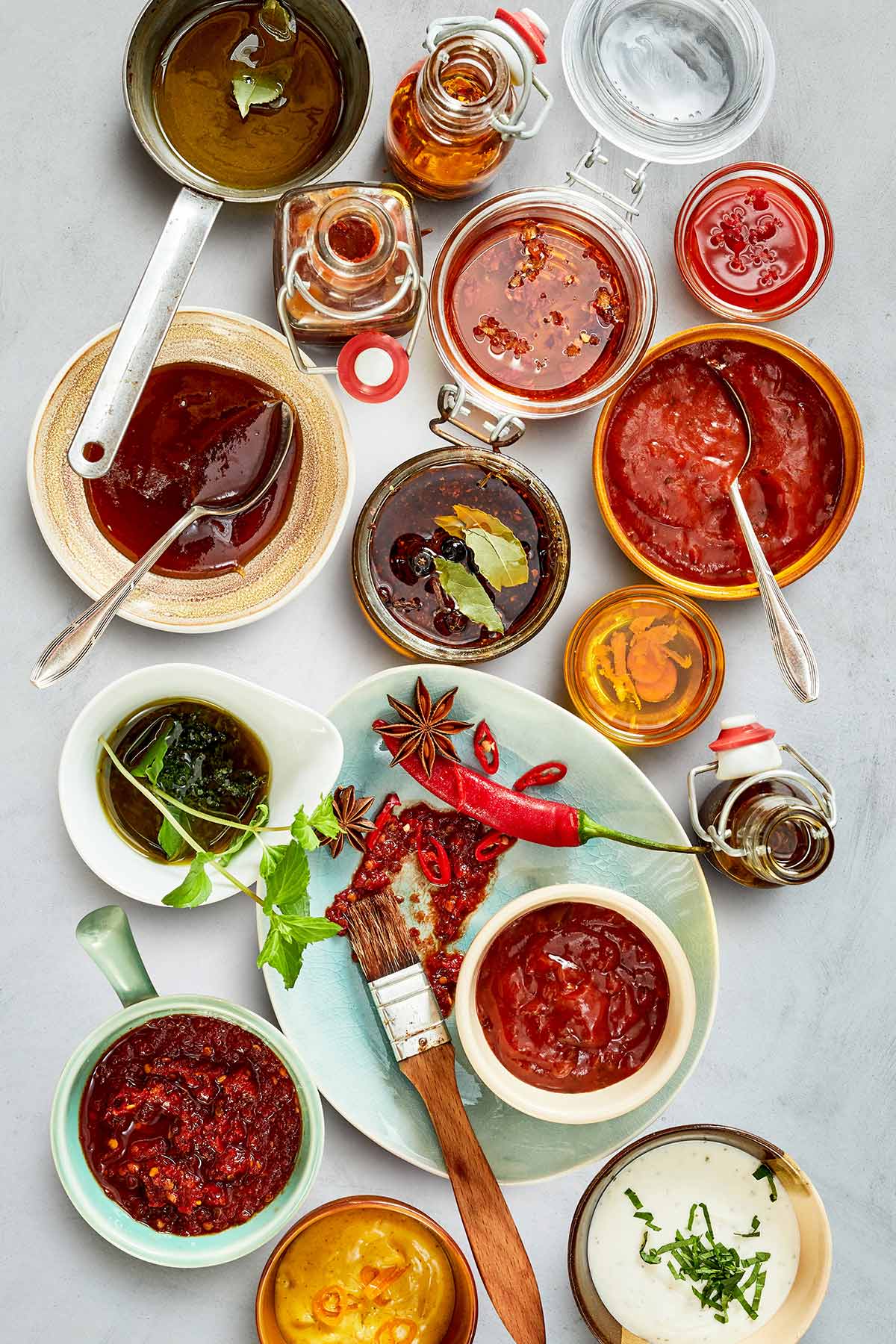
Some more tips:
- Thin cuts you want to remain pink should begin cooking very cold. I will actually bread my chicken-fried venison, let it set in the fridge a while, then even freeze it for 20 minutes before cooking. That keeps the center pink while you get that golden brown. Trippy, eh? But it works.
- Like smoke rings? And who doesn’t? Start smoking venison cold. This is because a smoke ring stops developing at around 140°F, so the longer the meat takes to get there, the better the ring.
- Thick cuts and lengths of backstrap must start at room temperature, unless you are reverse searing. This promotes even cooking and prevents the weird black-and-blue effect that, inexplicably, some people like.
- It Will Submit. I don’t care how old your moose was, it will get tender. Eventually. I’ve had bull elk pot roasts take 5 hours, but they eventually did get tender. Time is your friend. When in doubt, make a pot roast or braise the day before you need to impress someone.
- Seasonings (except salt) hate high heat. I can’t tell you how many times I’ve eaten someone’s “special spice rub” that tasted like an ashtray because he (and it’s always a he) put it on the grill over a raging fire. Paprika gets especially bitter when burnt. So please, cook your backstrap with only salt and fire. Then, the moment it comes off the heat, roll it in your rub and the let it rest. You’re welcome.
- All venison Wobbly Bits taste good grilled over a smoky fire, chopped, then served in a tortilla with salsa. Period. This is a great way to introduce people to offal. Know that if you are going to make tongue tacos, they do need to be braised tender before they hit the fire.
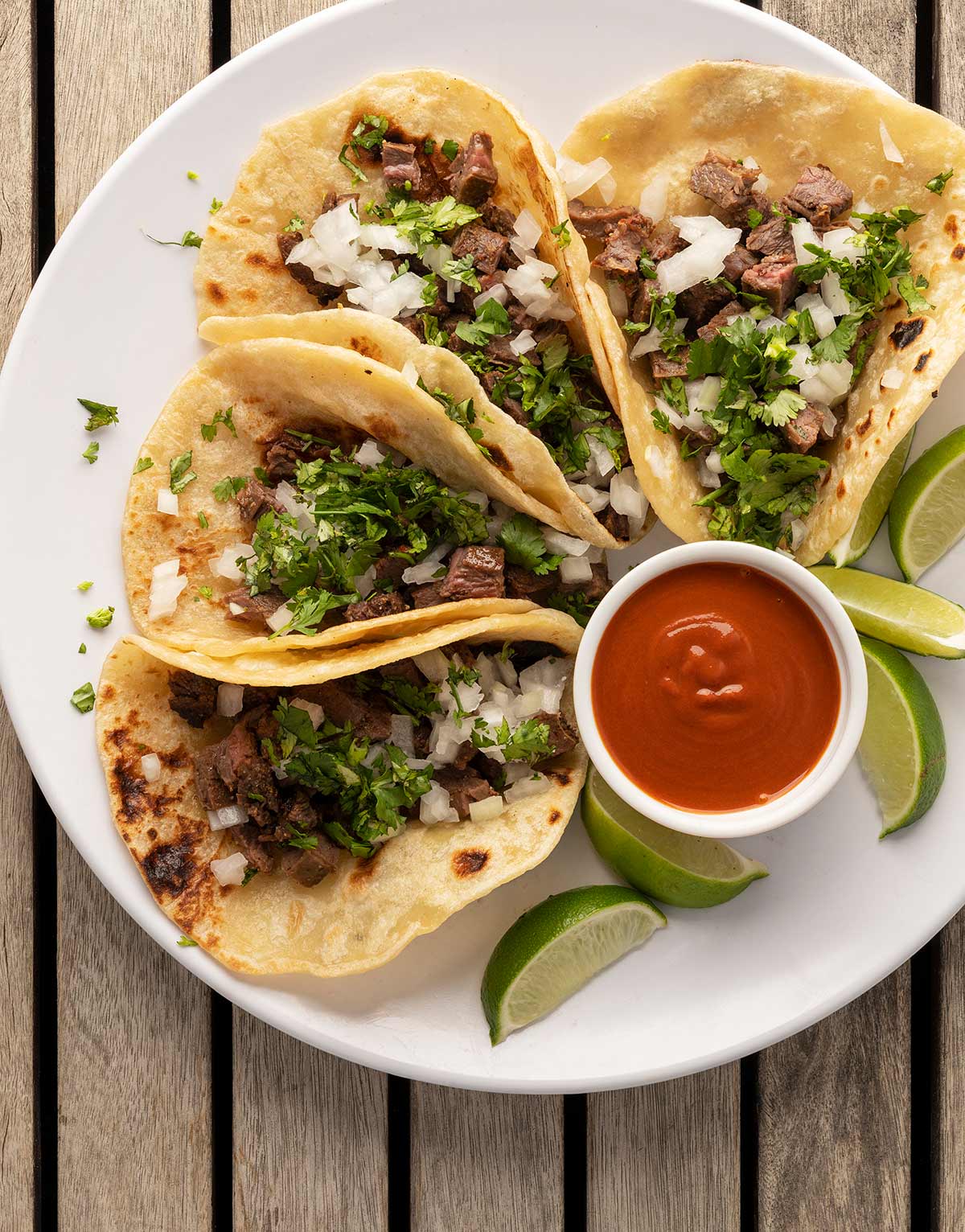
A word on venison marinades. I use them, but in a limited way because they don’t penetrate to the center of all but the thinnest cuts. But, I do use them for this, and I have a variety of venison marinades here. My all-time favorite dish that uses them? Venison arrachera tacos — yep, that’s skirt steak.
Final Words
A few final thoughts on how to cook venison. It’s a journey. I’ve been seriously cooking deer and other types of venison for more than 20 years, and I still learn things each season. Don’t beat yourself up if you mess something up.
To that end, I’ll leave you with some ideas to fix mistakes, or make use of botched attempts. First, I’ll reiterate that you can always cook something more. So most of my fixes are for overcooked things.
You made a venison sausage that didn’t bind, so when you eat it the meat crumbles? Keep it in links for now, but use it out of the casings for venison chili, or venison lasagna, or a venison ragu. All of these are good uses for ground venison with no added fat.
You overcooked the backstrap? Chop it small, toss it with salsa, reheat gently and put it in tacos. Or the aforementioned chili, etc.
The roast was too tough? Keep cooking it until it falls apart. But it’s too dry! Aha! Now shred this hammered roast. Add pork lard or some other fat that makes you smile in a frying pan, let it get hot, then spread the shredded roast meat out and sear it on one side. It’s amazing over rice, in a tortilla, or in a sandwich.
I could go on, but you get the point. I hope this helps you at least a little. Leave a comment if you have other questions.

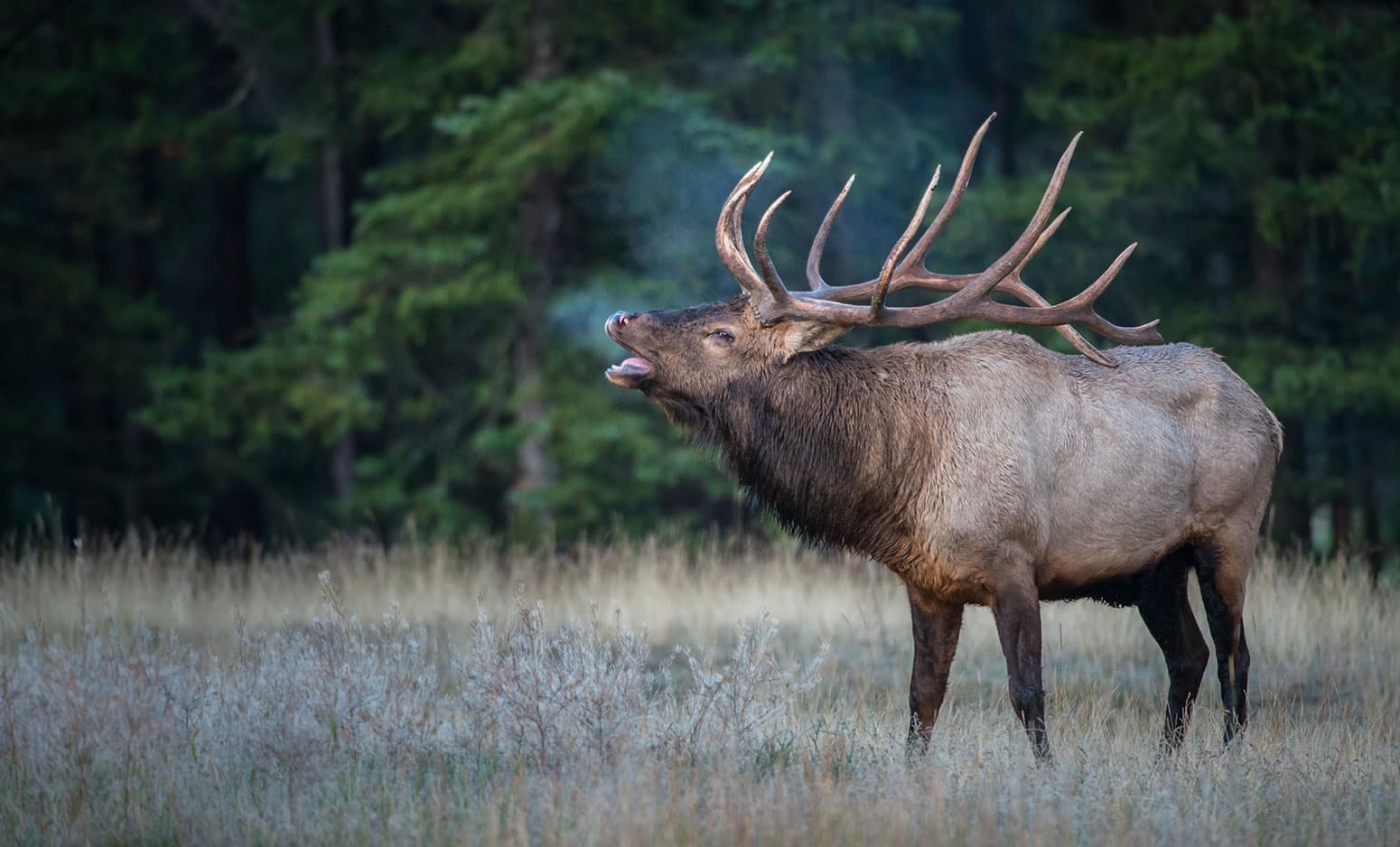
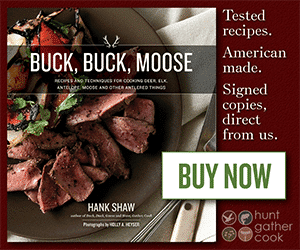


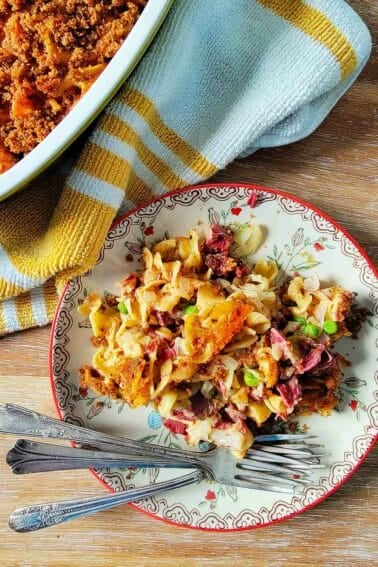
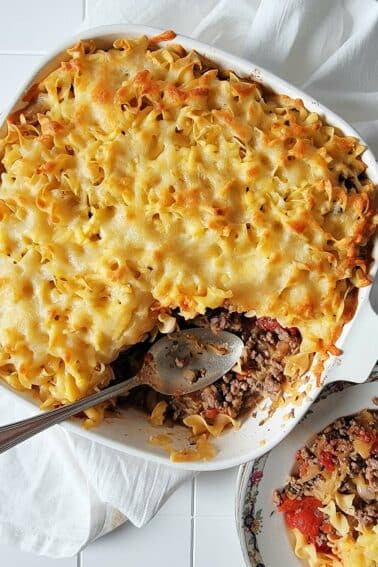
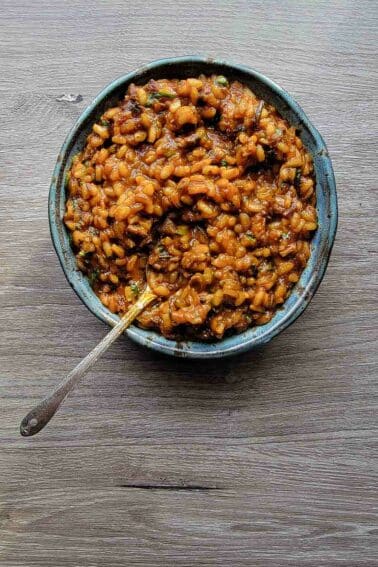
Hi Hank! Been following you for awhile now but this great lil article you put together convinced me to pick up your book and level up my skills. Excited to get after it. I would deem myself on the beginner side of intermediate and looking to swing higher! Thanks for what you do!
One of my favorite way to cook those botched butcher cuts is to make stir fry and venison stroganoff. I don’t even have to hunt anymore, I have a friend who bow hunts my property and I get meat in return. luckily he uses a pretty good processor but most of the cuts are too thin for my taste but beggars can’t be choosers. He gives me a lot of cubed steak so I use that for the stroganoff and I use the medallions that are too thin for the stir fry. Add some wild mushrooms to that and oh boy, that’s some good eating
Hank, Thank you so very much for sharing your cooking, and meat handling prowess, and for having become such a profound influence in my culinary life of living off of wild game, and the ecosystem. I have come a long way in over a decade, back when HGC had like 100 followers, lol. Your article makes me want to go grab some deer, moose, or caribou from my freezer, or maybe some of my coveted blackbuck. But I think recent moose ribs or brisket will be chosen…. Cheers, AK Andy Mac
I have been following you for the last ten years when I took up hunting at the age of 53. I needed to know how to cook and clean all the wildlife – so I had to have all your books! Have never used a processor and not knowing another way, I guess I am a seam butcher too. Loved this article. Great, concise information and humor to boot. Keep up the good work.
I was blown away when I ready our processing method in Buck, Buck, Moose. My granddad was a butcher and he taught me to cut up deer and elk exactly like you do, sans any bone cuts at all. Different than processing beef for sale, because of the “expected” cuts, but better, even for beef. One cut he insisted on though was the coulotte (picanha) cut from the top sirloin.
In defense of processors (and you touched on it), they don’t get paid enough to do it right and I am afraid most hunters wouldn’t pay the true cost of a good job. It takes my wife and I a full 8 hour day to process an elk, and I will process a few for friends, but those friends are few and far between!
Thanks Hank. Always appreciate your writing.
David: Absolutely. I really do think that the processors can and may even want to do a better job, but volume and low value — yes, no one wants to pay what it’s really worth — hold everyone back.
Hank,
Always enjoy your recipes. Here is my horror story of a deer “processor”.
I have not harvested tons of deer in my lifetime but have always processed my own.
My sister’s boyfriend, after a 35 year hiatus from bow hunting, decided to go out again. 82 years old. Now, he does not eat venison, never has, and of all the previous years of success as a deer hunter, he gave anything he harvested away to either a needy person , friend, etc.. He has harvested many deer over the years.
So he decided to return to the field after 35 years of not hunting, practiced every day (every day) to hone up his skills. He shoots practically every day, year round. He is an excellent shot, does not take chances on long shots, and has lost very few deer.
He harvests a doe first time returning to the fields. It is September in NJ, he wants to give me the deer but I don’t want to/can’t process a deer in temperatures in the high 70’s so he decides he wants to pay for the processing as a return of favors past. We go to a local processor, the one his buddy uses, and when the processor asks if I want “steaks, chops, back-strap and ground ( with beef or pork), I answer mix beef with the ground beef, back-straps, and seam-out the hind quarters into the individual cuts: top round, bottom round, eye of round, sirloin and , rump.
Fast forward, what was returned were packages stamped with “ground meat”, stamped with “back-strap”, and many packages with a hand written label “seamed out”. Turns out, “seamed-out” meant to this hack or whomever was trusted with the task, was to chop all of the wonderful cuts of the hind quarters into shish kabob sized pieces of meat, all the silver skin intact, and a nightmare to prepare to cook.
Moral(s) of the story:
(1) If you don’t eat venison don’t kill deer. Take pictures instead.
(2) If you hunt deer don’t shoot them in T-shirt and shorts weather unless you own a refrigeration truck parked near your deer stand.
(3) Process your own game. What are you, a sportsman or an elitist who has someone else carry your gun, gut, drag, process your harvest, and then clean your firearm? Try is at least once. It is rewarding.
(4) Go back to #1 in case you missed anything
(5) Forgive me if I misspelled anything. Just writing about this opened up repressed anger and made me had a second cocktail
(6) Name and email address are my incognito versions to protect the innocent
Thanks Hank!
I live AND relate to you sense if humor. Ive been butchering my own deer for 3 years now and before that my wife NEVER said this venison is fantastic!
I made some Mongolian venison with a back strap that was superb.
I’m what I call a blender cook. I take bits of several recipes and fuse them and make it my own.
Thanks for a great article.
Keep hunting and cooking and sharing the stories. Thats whats it all about. Building connections with nature and people through activities many can relate too.
Great article! (And very amusing!) I’ve forwarded it to three friends already. Thanks much!
Cheers,
Steve
Great primer. I just cooked my first Axis blackstrap the other night. Could have used this reminder to bring the meat to room temp first! Just ordered your book to say thanks for your great work.
2 years ago we received a processed elk that included tons of ground elk, minimal backstraps, no tenderloins and the dreaded leg steak…laughed so hard when I read that. This year we fully proccessed our own elk for the first time and have all the cuts we like and will use. We referenced Buck, Buck, Moose through the whole process. This article is great as we are starting to try out all of the different cuts and different ways of cooking them!
You butcher the same way I do. 🙂
I have always butchered my own deer since I was 20 years old. I learned by watching and helping others. I’m 65 now and I still do 3 to 6 deer every year… As soon as I kill a deer I take it to camp, skin it and field dress it. Then, I quarter the deer and put it into a large ice chest. I take it home and rinse it off with the water hose and put frozen gallon ice jugs to cool it down and let it drain for a day or two. I separate out the backstrap and tenderloins and vacuum seal them. Lastly, I debone everything including the neck roast. All the tough pieces go to a sausage maker for sausage and hamburger etc. I keep a few steaks from the hams and vacuum seal them. That’s it, all done by myself with no cost other than having sausage and hamburger meat made by a local market.
In my opinion one is not a real outdoors person or hunter unless you can dress and process your own game…
In Denmark, and scandinavia at all, we skin the deer, and let it hang to “mature” (I think it’s called), before we cut it to pieces. Nearly no one butcher, pack and freeze imidiately! The belive here is, that taste and quality of the meat gets better, if you let i hang to mature and dehydrate slightly, before you butcher it down into your prefered pieces.
That is maybe the absolute best article I have ever read! You have more tips and tricks than in any I’ve read and I must find the book you’re talking of.
A few years ago on our first hunt on Wyoming we took four deer to a processer. Long story short, butcher your own deer. My dog would not eat the summer sausage. It’s not hard to butcher and you know it’s your animal.
Not surprised!
Excellent primer with a great sense of humor thrown in in just the right spots. Hank Shaw, you should be required reading for any hunter-cook at any level of experience. Solid information and techniques. You’re MY go-to advice guy for game meats, and I send dozens of folks to your site for questions and recipes that come up through conversation or during my Virginia hunter education classes. Please keep up all this valuable (and amusing) work!
Wendy: Thanks so much! Really appreciate it.
Thanks ?Hank. I’m buying your book today. Even if I never opened it (which I will of course) I would consider it a worthwhile donation to a guy I have been enjoying reading for several years, and whos “gotta make a living somehow”. You didn’t mention aging venison. I have always tried to let them hang for a while (several days) depending on outdoor temperatures. I have used your exact method of separating muscle groups on something approaching 100 whitetails in the last 30 years – all from my farm here in PA, and highly prefer the aging process over kill and cut. More recently I built a walk in cooler (5X7 floor space and 9 feet high) using a tricked out window air conditioner (a gadget called a “Cool Bot does the trick) that gets the room down to as low as 38 degrees.
Here in southwestern PA we shoot a lot of deer and there are a lot of processors. The good ones get a good reputation, often based on their “special products” summer sausage, jerky, etc, and the bad ones come and go based on a bad reputation. My one experience with a processor had the outcome that you mentioned – getting someone else’s deer. In my case I took a small hind quarter in to be smoked whole and when IK picked it up I got a much larger heavier hind quarter back. One thing most (all?) processors can’t do is hang/age the carcass due to limited space.
Happy trails, and when are you ever going to get within casual driving distance of SW Pennsylvania??
Don: Hey there, yes, I deal with aging in the book a lot. Just couldn’t cover everything in this article. I tried to do an event in Pittsburgh this year for my fish and seafood cookbook, but it fell through. Maybe next year.
I enjoy the shit out of your humor. I’ve met you once …I can HEAR you. Makes your articles all the better. Thank you for being a rare breed.
Hank your creativity and ability to use recipes from all over the world is astonishing! This topic is very helpful as it takes into consideration all the aspects of Venison care and cooking. I look forward to the next recipe with anticipation and wondering “what now?!” Thanks and keep them coming!
Just have to say that as a longtime reader and fan of all you do, I was disappointed in your slam of game butchers. No doubt some don’t know what they are doing, or more likely, don’t do things the way you *think* they should, but by and large there are guys and gals who have been doing this a long time and are true artisans. We cut deer the way the customer asks- if they want steaks, we cut them. If they want the whole animal ground, that’s their call, not ours. Like you said, most people know how they prefer to eat venison and ask for it to be cut for those purposes, NOT the other way around. It’s not “some dude with a bandsaw” making the rules. Deer processors are one of the last bastions of whole animal butchery, and unlike supermarket butchers actually do know how to take an animal apart and minimize waste. Let’s try to respect that artistry and not make a gratuitous joke at their expense.
Susie: Sure, there are a few people like what you’re talking about around, and yes, they are indeed to be cherished. But for every one of those, there are 100 who really either don’t know or don’t care. And it is definitely not true that most butchers do what a customer wants. They give a customer one or three choices, most of which are designed to make the process quick and easy for the butcher. I heave heard literally hundreds of horror stories about deer butchers, and just a handful of stories about how a processor did a good job on a deer. Easy way to fix it? Have the butcher charge more, to take more time, and to listen to the customer. I know that would be radical — because the vast majority of deer butchers view the season as a quick revenue source, and because a lot of customers believe that $100 is a fair price to butcher a whole animal — but that’s the cycle many are in, especially in places with very short gun seasons, when they get flooded with deer.
Agree!
I’ve followed you for years. Your shank ossobuco is one of the best recipes ever. Using home-rendered lard for seared meats makes them special. This guide is terrific, esp. since our game is processed on site. Going after white tail today. High hopes.